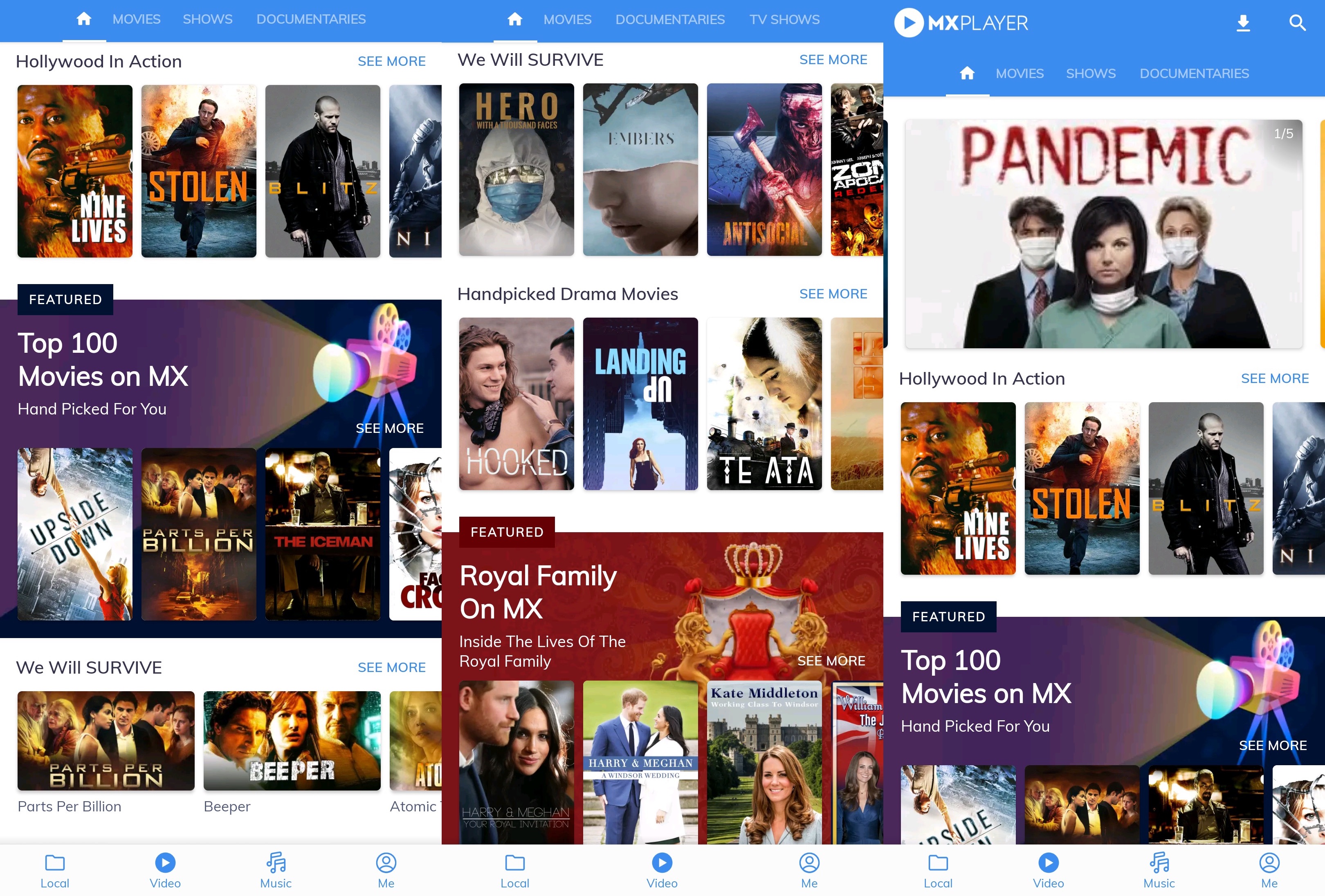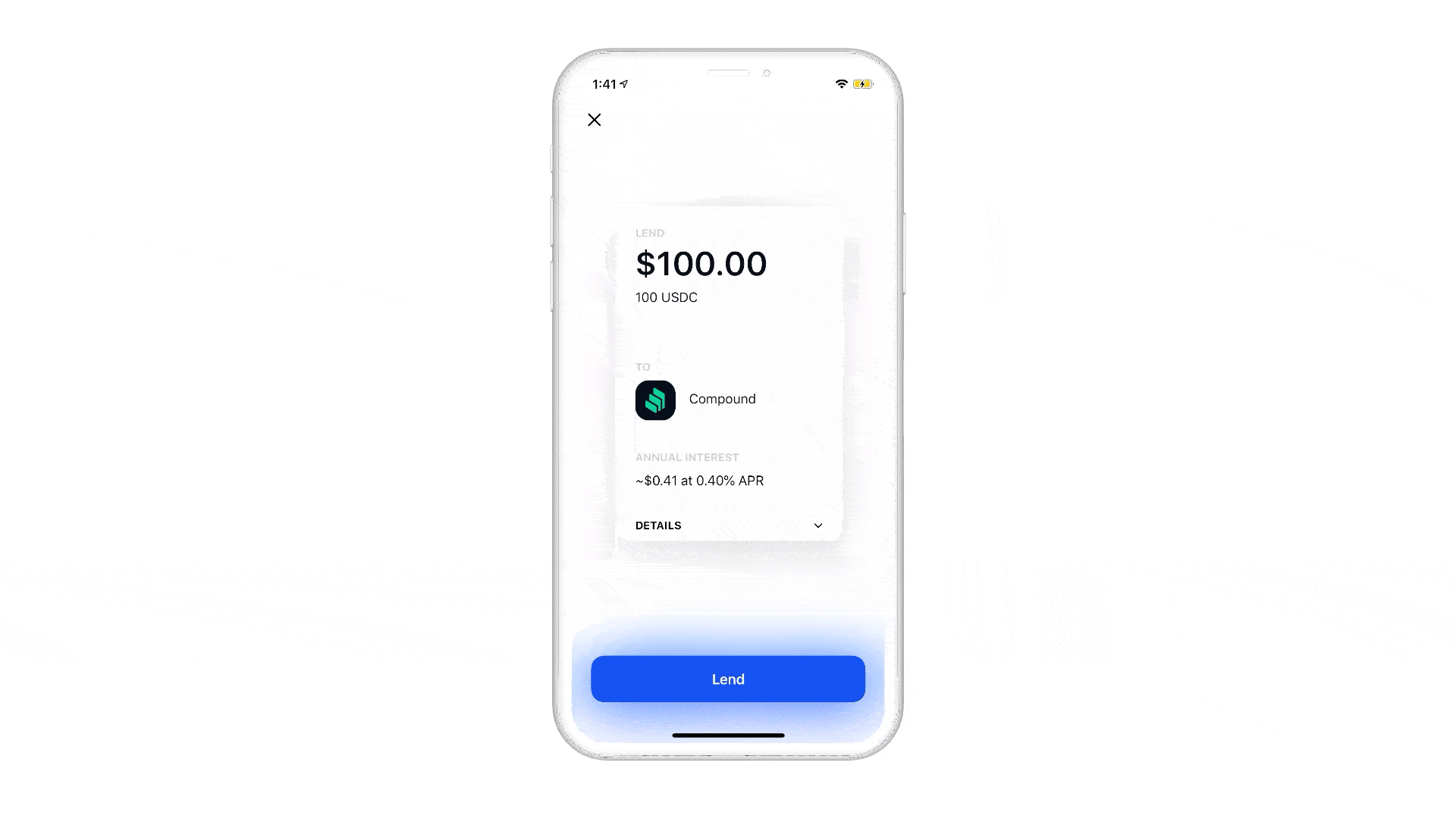As part of its response to the public health emergency triggered by the COVID-19 pandemic, the European Commission has been leaning on Europe’s telcos to share aggregate location data on their users.
“The Commission kick-started a discussion with mobile phone operators about the provision of aggregated and anonymised mobile phone location data,” it said today.
“The idea is to analyse mobility patterns including the impact of confinement measures on the intensity of contacts, and hence the risks of contamination. This would be an important — and proportionate — input for tools that are modelling the spread of the virus, and would also allow to assess the current measures adopted to contain the pandemic.”
“We want to work with one operator per Member State to have a representative sample,” it added. “Having one operator per Member State also means the aggregated and anonymised data could not be used to track individual citizens, that is also not at all the intention. Simply because not all have the same operator.
“The data will only be kept as long as the crisis is ongoing. We will of course ensure the respect of the ePrivacy Directive and the GDPR.”
Earlier this week Politico reported that commissioner Thierry Breton held a conference with carriers, including Deutsche Telekom and Orange, asking for them to share data to help predict the spread of the novel coronavirus.
Europe has become a secondary hub for the disease, with high rates of infection in countries including Italy and Spain — where there have been thousands of deaths apiece.
The European Union’s executive is understandably keen to bolster national efforts to combat the virus. Although, it’s less clear exactly how aggregated mobile location data can help — especially as more EU citizens are confined to their homes under national quarantine orders. (While police patrols and CCTV offer an existing means of confirming whether or not people are generally moving around.)
Nonetheless, EU telcos have already been sharing aggregate data with national governments.
Orange in France is sharing “aggregated and anonymized” mobile phone geolocation data with Inserm, a local health-focused research institute — to enable them to “better anticipate and better manage the spread of the epidemic,” as a spokeswoman put it.
“The idea is simply to identify where the populations are concentrated and how they move before and after the confinement in order to be able to verify that the emergency services and the health system are as well armed as possible, where necessary,” she added. “For instance, at the time of confinement, more than 1 million people left the Paris region and at the same time the population of Ile de Ré increased by 30%.
“Other uses of this data are possible and we are currently in discussions with the State on all of these points. But, it must be clear, we are extremely vigilant with regards to concerns and respect for privacy. Moreover, we are in contact with the CNIL [France’s data protection watchdog]… to verify that all of these points are addressed.”
Germany’s Deutsche Telekom is also providing to national health authorities what a spokesperson dubbed “anonymized swarm data” to combat the corona virus.
“European mobile operators are also to make such anonymized mass data available to the EU Commission at its request,” the spokesperson told us. “In fact, we will first provide the EU Commission with a description of data we have sent to German health authorities.”
It’s not entirely clear whether the Commission’s intention is to pool data from such existing local efforts — or whether it’s asking EU carriers for a different, universal data-set to be shared with it during the COVID-19 emergency.
When we asked about this it did not provide an answer. Although we understand discussions are ongoing with operators — and that it’s the Commission’s aim to work with one operator per Member State.
The Commission has said the metadata will be used for modelling the spread of the virus and for looking at mobility patterns to analyze and assess the impact of quarantine measures.
A spokesman emphasized that individual-level tracking of EU citizens is not on the cards.
“The Commission is in discussions with mobile operators’ associations about the provision of aggregated and anonymised mobile phone location data,” the spokesman for Breton told us.
“These data permit to analyse mobility patterns including the impact of confinement measures on the intensity of contacts and hence the risks of contamination. They are therefore an important and proportionate tool to feed modelling tools for the spread of the virus and also assess the current measures adopted to contain the Coronavrius pandemic are effective.”
“These data do not enable tracking of individual users,” he added. “The Commission is in close contact with the European Data Protection Supervisor (EDPS) to ensure the respect of the ePrivacy Directive and the GDPR.”
At this point there’s no set date for the system to be up and running — although we understand the aim is to get data flowing asap. The intention is also to use data sets that go back to the start of the epidemic, with data-sharing ongoing until the pandemic is over — at which point we’re told the data will be deleted.
Breton hasn’t had to lean very hard on EU telcos to share data for a crisis cause.
Earlier this week Mats Granryd, director general of operator association the GSMA, tweeted that its members are “committed to working with the European Commission, national authorities and international groups to use data in the fight against COVID-19 crisis.”
Although, he added an important qualifier: “while complying with European privacy standards.”
Europe’s data protection framework means there are limits on how people’s personal data can be used — even during a public health emergency. And while the legal frameworks do quite rightly bake in flexibility for a pressing public purpose, like the COVID-19 pandemic, it does not mean individuals’ privacy rights automatically go out the window.
Individual tracking of mobile users for contact tracing — such as Israel’s government is doing — is unimaginable at the pan-EU level. Certainly unless the regional situation deteriorates drastically.
One privacy lawyer we spoke to last week suggested such a level of tracking and monitoring across Europe would be akin to a “last resort.” Though individual EU countries are choosing to respond differently to the crisis — such as, for example, Poland giving quarantined people a choice between regular police check ups or uploading geotagged selfies to prove they’re not breaking lockdown.
While former EU Member the U.K. has reportedly chosen to invite in the controversial U.S. surveillance-as-a-service tech firm Palantir to carry out resource tracking for its National Health Service during the coronavirus crisis.
Under pan-EU law (which the U.K. remains subject to, until the end of the Brexit transition period), the rule of thumb is that extraordinary data-sharing — such as the Commission asking telcos to share user location data during a pandemic — must be “temporary, necessary and proportionate,” as digital rights group Privacy International recently noted.
This explains why Breton’s request is for “anonymous and aggregated” location data. And why, in background comments to reporters, the claim is that any shared data sets will be deleted at the end of the pandemic.
Not every EU lawmaker appears entirely aware of all the legal limits, however.
Today the bloc’s lead privacy regulator, data protection supervisor (EDPS) Wojciech Wiewiórowski, could be seen tweeting cautionary advice at one former commissioner, Andrus Ansip (now an MEP) — after the latter publicly eyed up a Bluetooth-powered contacts tracing app deployed in Singapore.
“Please be cautious comparing Singapore examples with European situation. Remember Singapore has a very specific legal regime on identification of device holder,” wrote Wiewiórowski.
So it remains to be seen whether pressure will mount for more privacy-intrusive surveillance of EU citizens if regional rates of infection continue to grow.
As we reported earlier this week, governments or EU institutions seeking to make use of mobile phone data to help with the response to the coronavirus must comply with the EU’s ePrivacy Directive — which covers the processing of mobile location data.
The ePrivacy Directive allows for Member States to restrict the scope of the rights and obligations related to location metadata privacy, and retain such data for a limited time — when such restriction constitutes “a necessary, appropriate and proportionate measure within a democratic society to safeguard national security (i.e. State security), defence, public security, and the prevention, investigation, detection and prosecution of criminal offences or of unauthorised use of the electronic communication system” — and a pandemic seems a clear example of a public security issue.
Thing is, the ePrivacy Directive is an old framework. The previous college of commissioners had intended to replace it alongside an update to the EU’s broader personal data protection framework — the General Data Protection Regulation (GDPR) — but failed to reach agreement.
This means there’s some potential mismatch. For example the ePrivacy Directive does not include the same level of transparency requirements as the GDPR.
Perhaps understandably, then, since news of the Commission’s call for carrier metadata emerged concerns have been raised about the scope and limits of the data sharing. Earlier this week, for example, MEP Sophie in’t Veld wrote to Breton asking for more information on the data grab — including querying exactly how the data will be anonymized.
The EDPS confirmed to us that the Commission consulted it on the proposed use of telco metadata.
A spokesman for the regulator pointed to a letter sent by Wiewiórowski to the Commission, following the latter’s request for guidance on monitoring the “spread” of COVID-19.
In the letter the EDPS impresses on the Commission the importance of “effective” data anonymization — which means it’s in effect saying a technique that does genuinely block re-identification of the data must be used. (There are plenty of examples of “anonymized” data being shown by researchers to be trivially easy to reidentify; while location data typically includes many easily identified individual tells, such as a home address and workplace address.)
“Effective anonymisation requires more than simply removing obvious identifiers such as phone numbers and IMEI numbers,” warns the EDPS, adding too that aggregated data “can provide an additional safeguard.”
We also asked the Commission for more details on how the data will be anonymized and the level of aggregation that would be used — but it told us it could not provide further information at this stage.
So far we understand that the anonymization and aggregation process will be undertaken before data is transferred by operators to a Commission science and research advisory body, called the Joint Research Centre (JRC) — which will perform the data analytics and modelling.
The results — in the form of predictions of propagation and so on — will then be shared by the Commission with EU Member States authorities. The datasets feeding the models will be stored on secure JRC servers.
The EDPS is equally clear on the Commission’s commitments vis-a-vis securing the data.
“Information security obligations under Commission Decision 2017/464 still apply [to anonymized data], as do confidentiality obligations under the Staff Regulations for any Commission staff processing the information. Should the Commission rely on third parties to process the information, these third parties have to apply equivalent security measures and be bound by strict confidentiality obligations and prohibitions on further use as well,” writes Wiewiórowski.
“I would also like to stress the importance of applying adequate measures to ensure the secure transmission of data from the telecom providers. It would also be preferable to limit access to the data to authorised experts in spatial epidemiology, data protection and data science.”
Data retention — or rather the need for prompt destruction of data sets after the emergency is over — is another key piece of the guidance.
“I also welcome that the data obtained from mobile operators would be deleted as soon as the current emergency comes to an end,” writes Wiewiórowski. “It should be also clear that these special services are deployed because of this specific crisis and are of temporary character. The EDPS often stresses that such developments usually do not contain the possibility to step back when the emergency is gone. I would like to stress that such solution should be still recognised as extraordinary.”
teresting to note the EDPS is very clear on “full transparency” also being a requirement, both of purpose and “procedure.” So we should expect more details to be released about how the data is being effectively rendered unidentifiable.
“Allow me to recall the importance of full transparency to the public on the purpose and procedure of the measures to be enacted,” writes Wiewiórowski. “I would also encourage you to keep your Data Protection Officer involved throughout the entire process to provide assurance that the data processed had indeed been effectively anonymised.”
The EDPS has also requested to see a copy of the data model. At the time of writing the spokesman told us it’s still waiting to receive that.
“The Commission should clearly define the dataset it wants to obtain and ensure transparency towards the public, to avoid any possible misunderstandings,” Wiewiórowski added in the letter.

from RSSMix.com Mix ID 8176981
https://techcrunch.com/2020/03/27/telco-metadata-grab-is-for-modelling-covid-19-spread-not-tracking-citizens-says-ec/
http://www.gadgetscompared.com
from Tumblr https://ikonografico.tumblr.com/post/613772346923302912
via
http://www.gadgetscompared.com
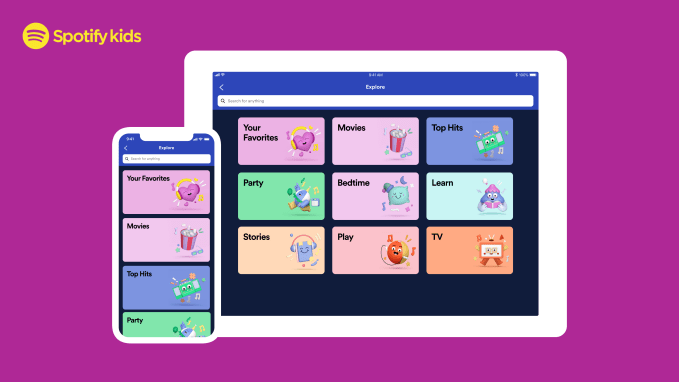

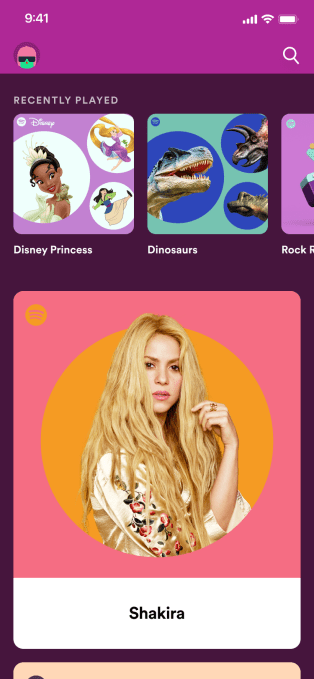
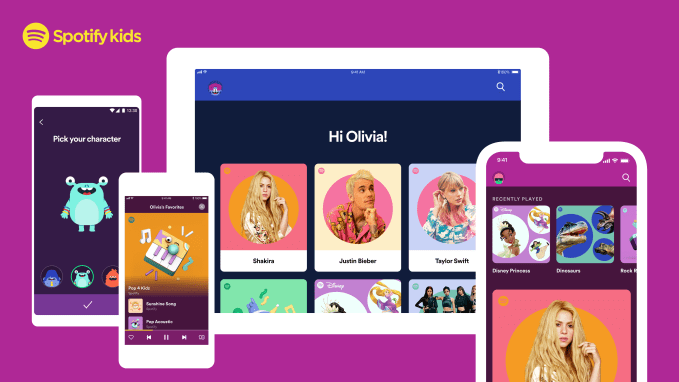
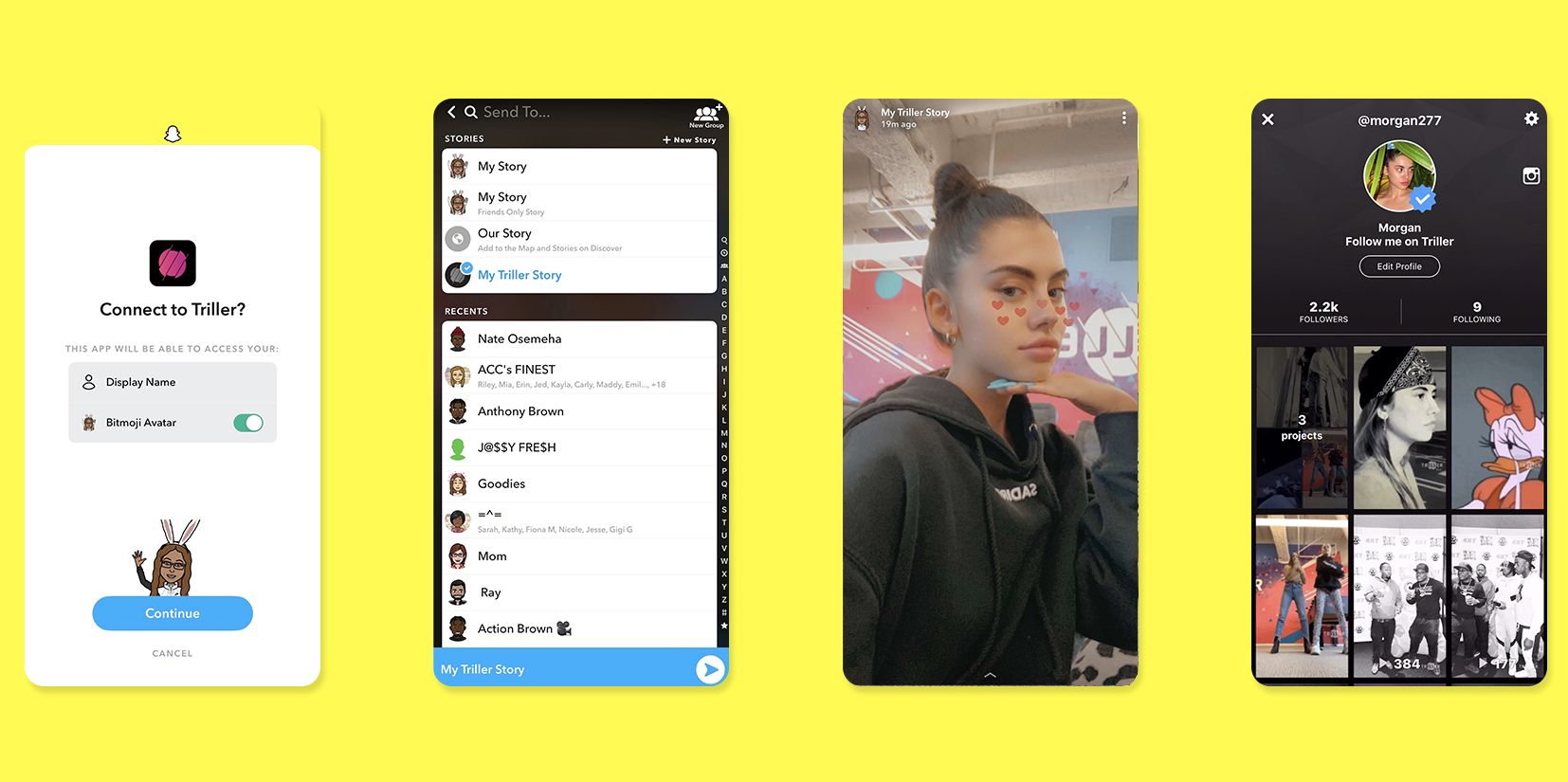
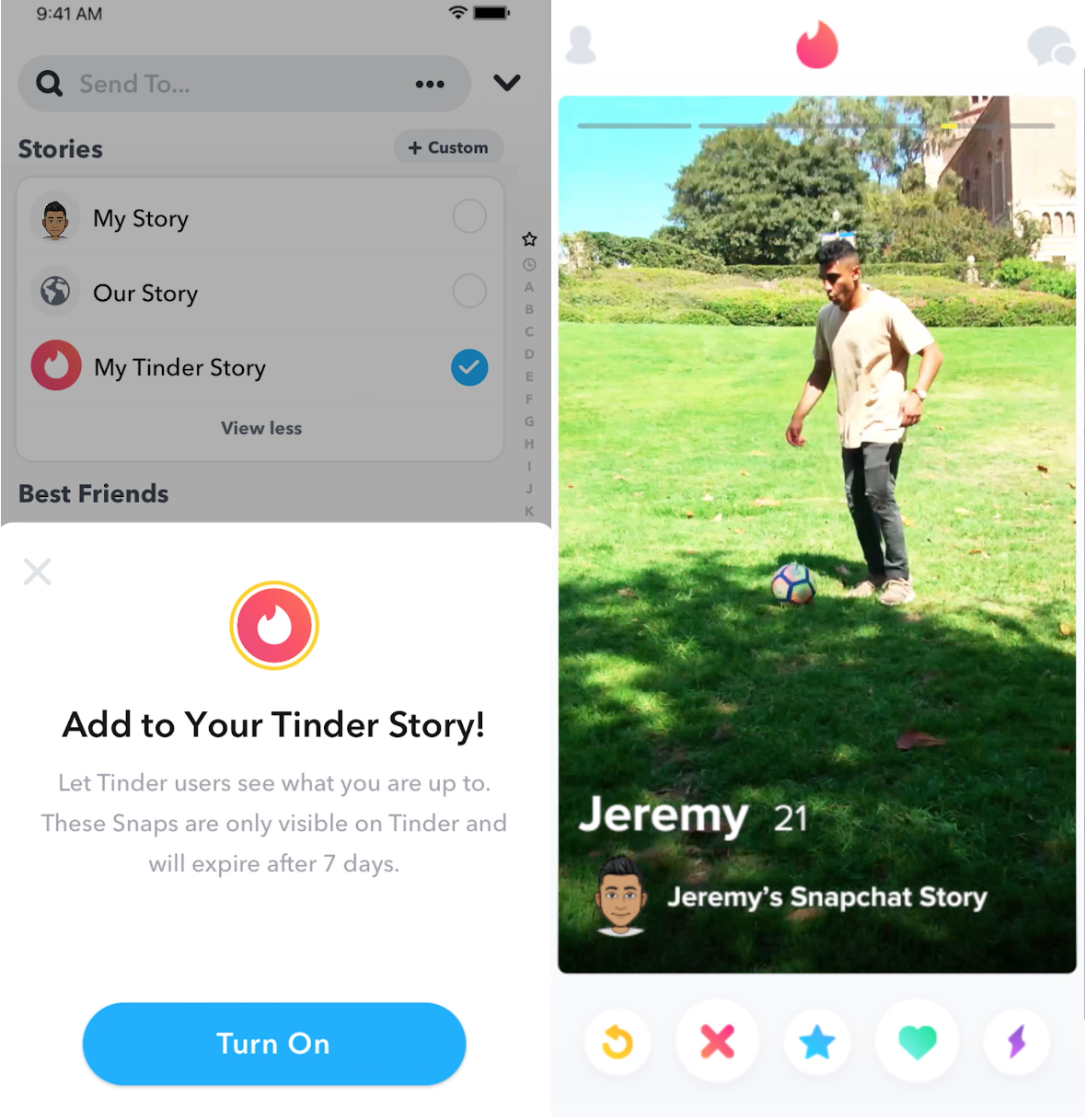
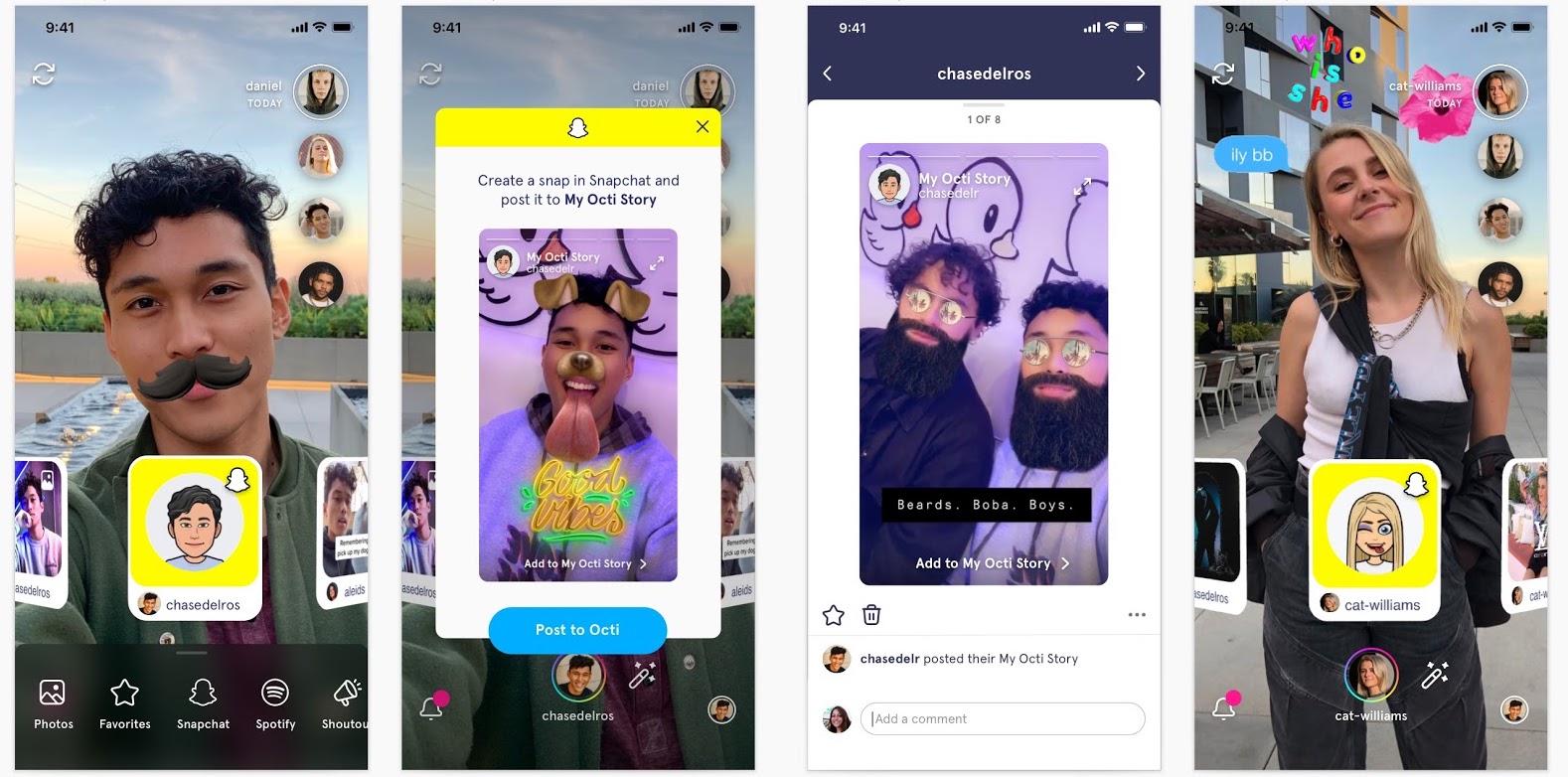
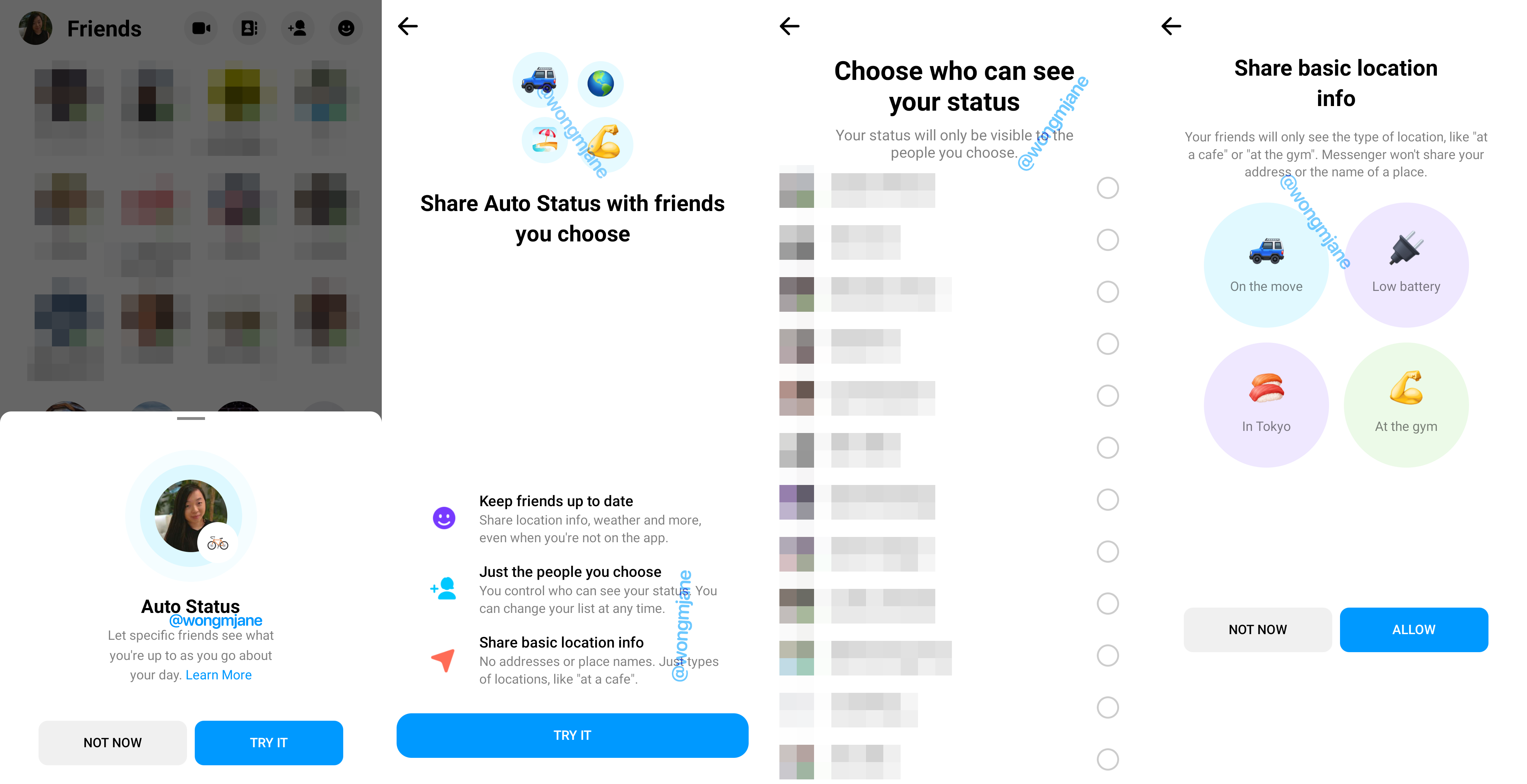
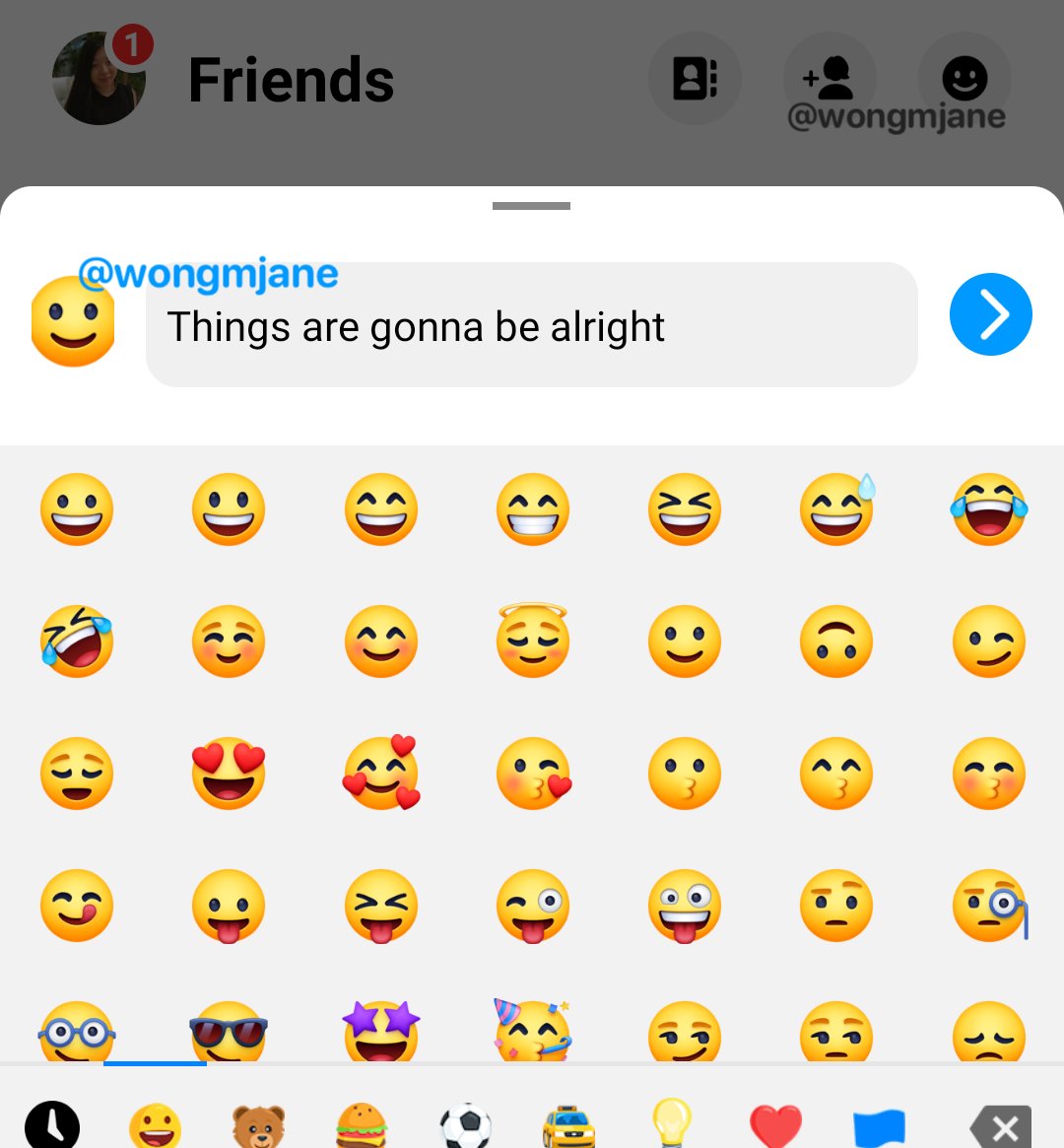
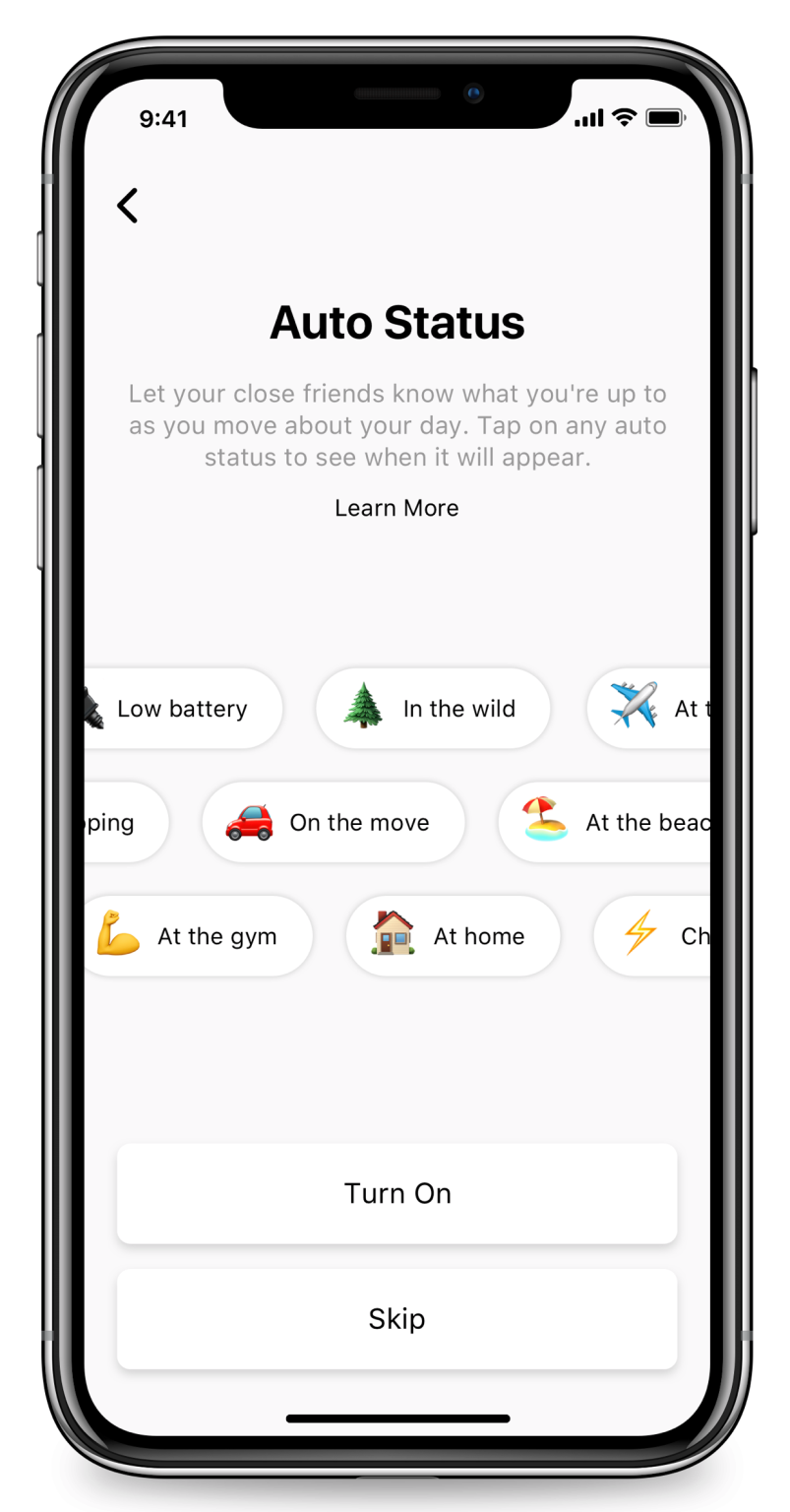 Then earlier this month, reverse engineering master and constant TechCrunch tipster
Then earlier this month, reverse engineering master and constant TechCrunch tipster 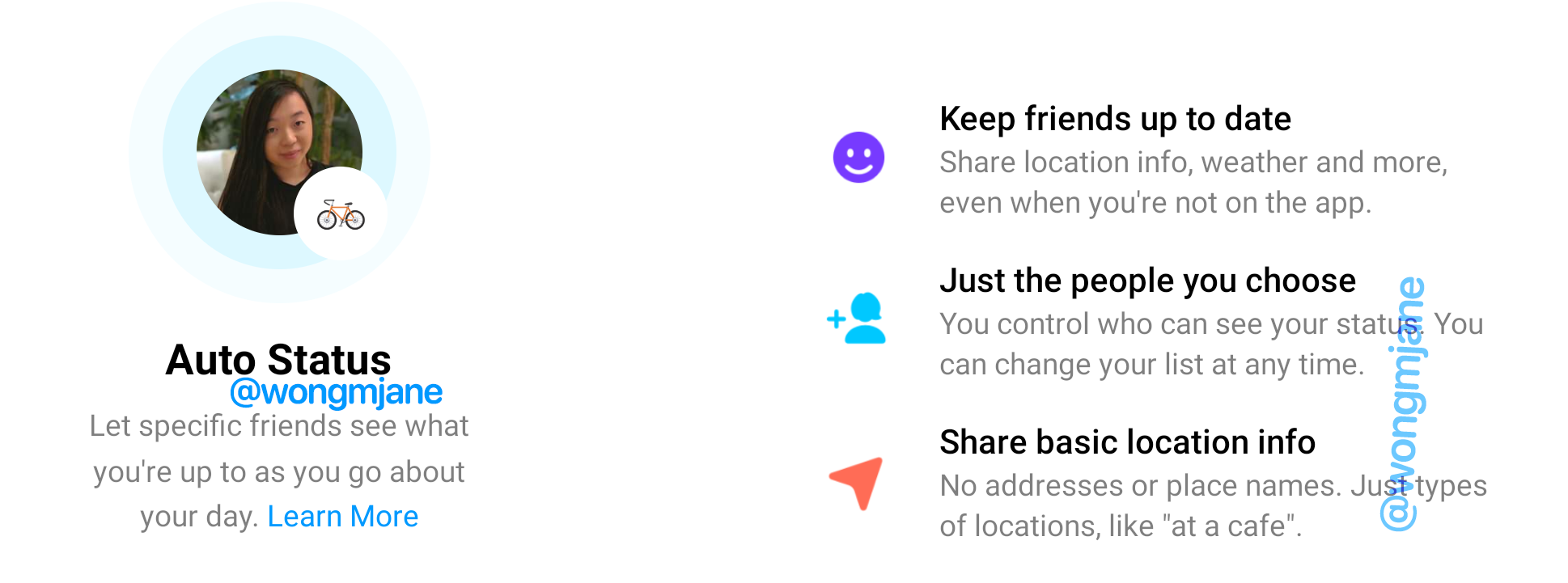


 about
about 
